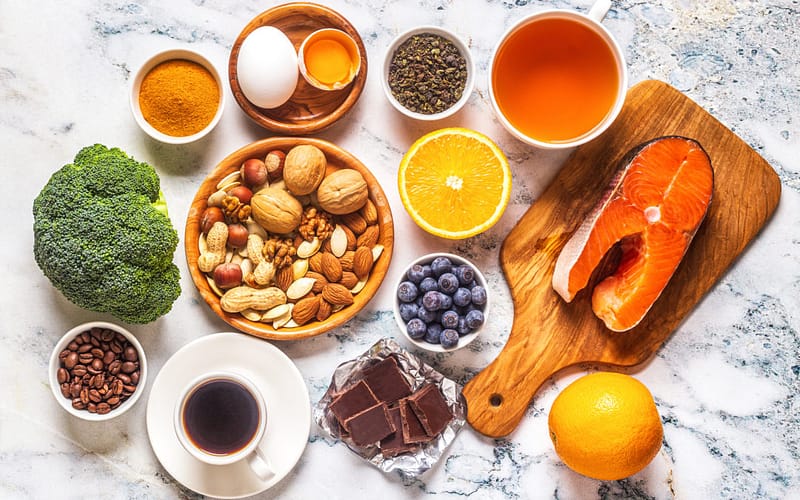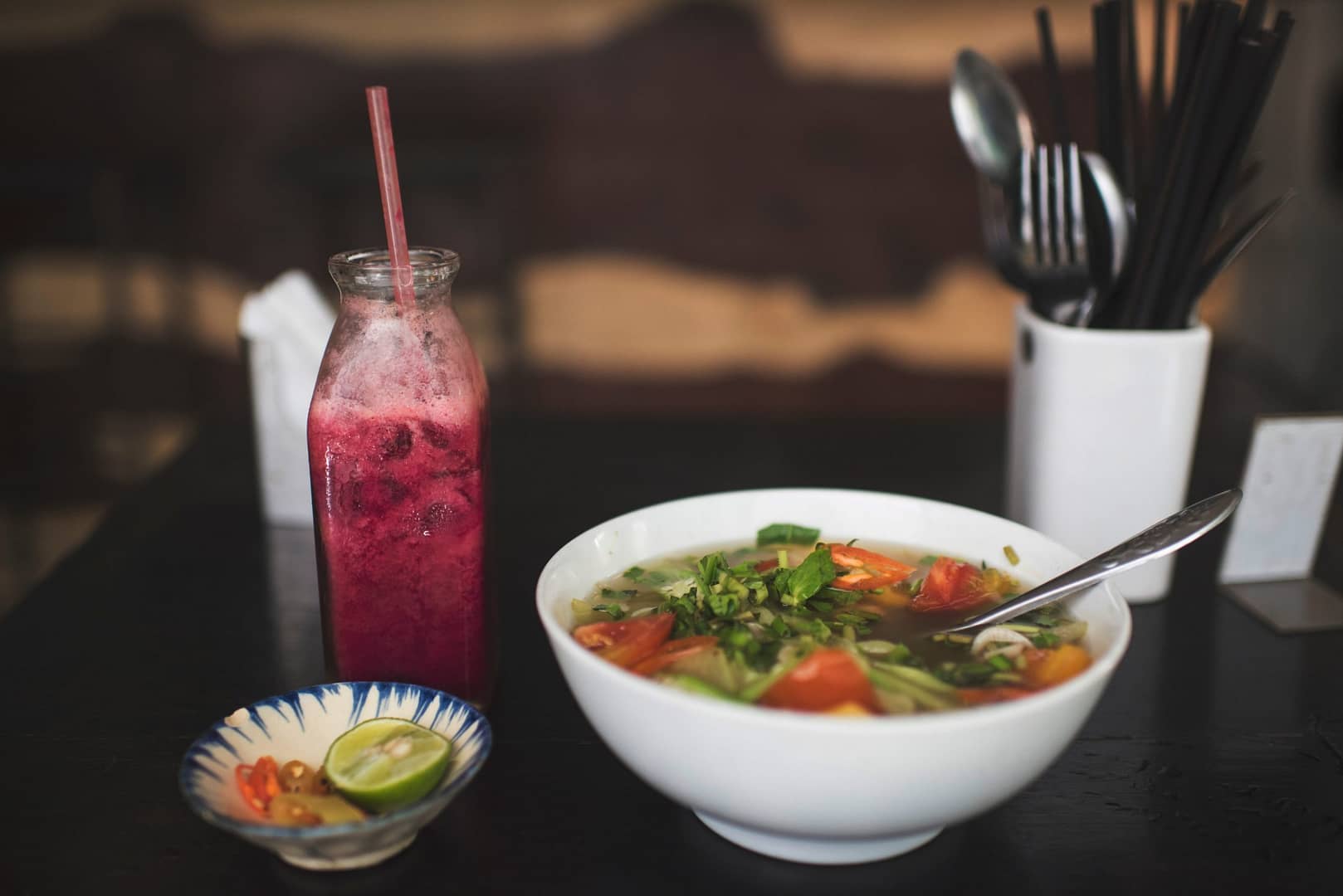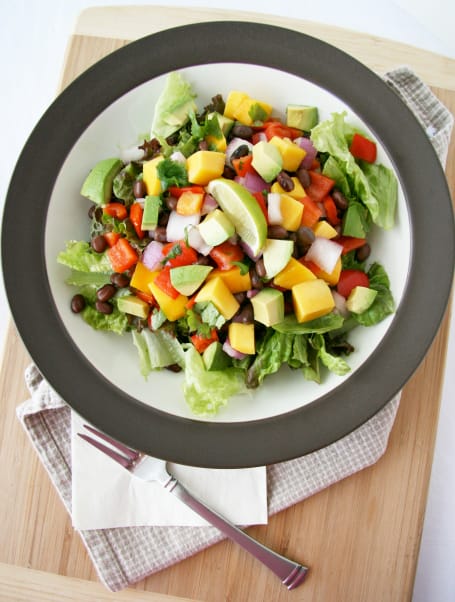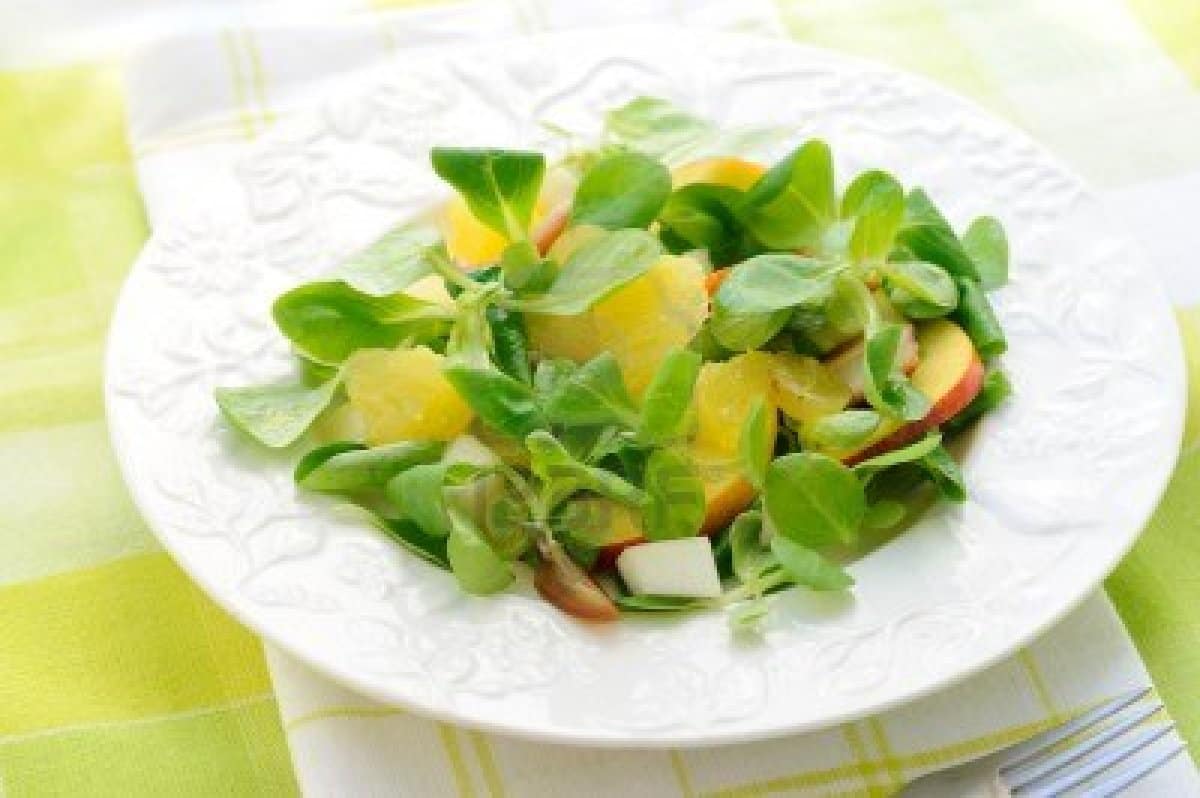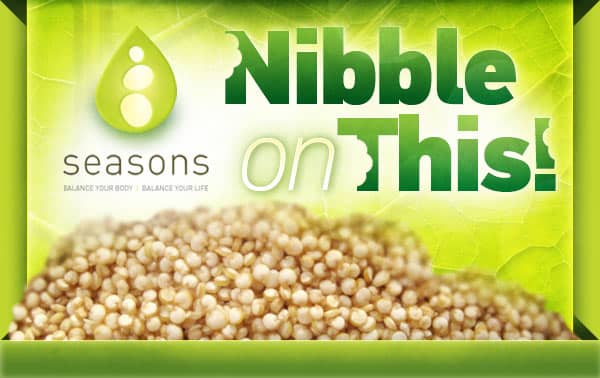Keeping On Track With Your Health- It Really Can Be Simple.
January, February, March have passed by and we are now moving into April. So, how is your health? How are your new year resolutions to improve your Health going?
By this time each year, many have fizzled in their efforts to improve their Health (whether it is to eat healthy, exercise, lose weight or just stay fit). Healthy nutrition seems to be extremely difficult with convenient (food that is quick and lacks nutritional value) and tempting foods so easily accessible. Living in Knoxville, with so many eateries, it seems so easy to pick up fast food, or eat at a quick line restaurant or even a sit down restaurants.
At what cost?
Do you know where the quick eateries and restaurants buy their food? Is the food imported? Does the food contain MSG, other preservatives, dyes and chemicals? Is the food full of bad fats? What is the ratio of good to bad fats in the food? Is the food sourced from conventional GMO (genetically modified organisms) grained meats? It is estimated that up to 75% of food items found in the grocery store are genetically modified. How much high fructose corn syrup is in the food? Unfortunately, most quick eateries and restaurants will likely have some to many of these ingredients as well as many others not mentioned, yet equally damaging.
The quick eateries and restaurants are not alone, the grocery stores have their challenges as well. The majority of the foods available at your local grocery store are processed, packaged, and canned—including frozen/boxed dinners and other name brand items which also contain many of the same chemicals and GMO ingredients/foods as the quick eateries and restaurants. The average American diet consists of 70% processed foods of which 100% is found in our local grocery stores, quick eateries, and restaurants. An amazing 80% of these food items are banned in the rest of the world.
This convenience of access to processed foods do come with a price.
- according to the CDC, 34.9% of adult Americans are obese
- Cancer rates are projected to rise 57% in the next 20 years, with 13 million people dying from cancer each year
- One in three U.S. adults will have Diabetes by 2050, according to the U.S. Centers for Disease Control and Prevention—that is over 78 million in todays numbers!
- In 2013, as many as 5 million Americans were living with Alzheimer’s disease and by 2050, this number is projected to rise to 14 million—a nearly three-fold increase!
- 610,000 people die of heart disease in the United States every year- that’s 1 in every 4 deaths
Despite the increase in Obesity and the increase in disease numbers, the average fruit/ vegetable intake and the average American daily calorie intake continues to decrease. Contrast the previous alarming numbers with some some equally alarming, non-nutrition, numbers from the CDC:
- 1/3 of U.S. adults eat two or more servings of fruit per day
- 1/4 of adults eat three or more servings of vegetables per day
The risk of allergies and asthma increase significantly when daily intake of fruits and vegetables are little to none.
Wow! Does that not get your attention?
But, lets not focus on the negative. Let’s focus on some positive health statistics and action points to encourage you to make some permanent changes in the way you eat and reduce your health risks.
- Eating healthy, home-cooked meals can statistically improve your health and decrease your likelihood of moving toward obesity.
- Raw leafy greens are rich with nutrients and at only about 100 calories per pound. Leafy greens contain organic compounds (polyphenols, Magnesium, vitamin C…) that protect blood vessels and are associated with a reduced risk of diabetes. Greens are also an excellent tool for weight loss, since they can be consumed in virtually unlimited quantities. Most Americans come very short of eating their daily requirement of these vital greens. Challenge yourself to add raw, steamed or lightly cooked greens to your snack and/or meals. Choose organic over conventional. These raw, leafy greens are readily available at most grocery stores.Increase the overall cruciferous vegetable intake in your diet. All vegetables contain protective micronutrients and phytochemicals, but cruciferous vegetables have a unique chemical composition. Cruciferous vegetables contain glucosinolates, and when you break their cell walls by chewing, chopping or blending, a chemical reaction converts glucosinolates to isothiocyanates (ITCs). Isothiocyanates are compounds with a medley of potent anti-cancer effects. The diverse ITCs can work in varying locations in the cell and different molecules to fight cancer. Isothiocyanates can have combined additive effects: working together to remove carcinogens, reduce inflammation, neutralize oxidative stress, inhibit angiogenesis (how tumors acquire a blood supply) and subsequently kill cancer cells–total anti-cancer package. Some of the more common cruciferous vegetables include: broccoli, kale, bok choy, brussels sprouts, cauliflower, cabbage, arugula, rutabaga, water cress, mustard greens and other similar of type greens.
- Increase fruit intake. Whole and organic fruit is preferred. Emphasize the berries, such as strawberries, raspberries and blueberries. Berries are a lower glycemic fruit that are rich in antioxidants. Increased dietary berry consumption has been shown to protect the heart, reduce cancer risk, reduce inflammation, reduce elevated blood pressure, improve insulin resistance, slow cognitive decline, and improve both motor coordination and memory. Berries are readily available during the spring and summer months, but in the winter, organic frozen berries are an excellent option.
- Increase the overall cruciferous vegetable intake in your diet. All vegetables contain protective micronutrients and phytochemicals, but cruciferous vegetables have a unique chemical composition. Cruciferous vegetables contain glucosinolates, and when you break their cell walls by chewing, chopping or blending, a chemical reaction converts glucosinolates to isothiocyanates (ITCs). Isothiocyanates are compounds with a medley of potent anti-cancer effects. The diverse ITCs can work in varying locations in the cell and different molecules to fight cancer. Isothiocyanates can have combined additive effects: working together to remove carcinogens, reduce inflammation, neutralize oxidative stress, inhibit angiogenesis (how tumors acquire a blood supply) and subsequently kill cancer cells–total anti-cancer package. Some of the more common cruciferous vegetables include: broccoli, kale, bok choy, brussels sprouts, cauliflower, cabbage, arugula, rutabaga, water cress, mustard greens and other similar type greens.
- Fats are not bad. Choose healthy fats. Rather than avoiding fats in your diet, try replacing trans fats and saturated fats with better choice fats such as monounsaturated fats (olive oil, avocado, organic peanuts, macadamia nuts, high oleic organic sunflower oil, for example) and polyunsaturated oils emphasizing omega-3 (flaxseeds, chia seeds, walnuts, fatty fish – salmon, sardines, cod, for example). Saturated fats are not unHealthy if chosen in moderation–choose organic coconut/palm oil or grass fed butter. Also, add nuts to your diet, if tolerated. By doing so, you are adding a variety of nutrients including phytosterols, minerals, and antioxidants. There are many studies that have shown cardiovascular benefits, improved weight, Metabolic Syndrome and Diabetes prevention from nuts in the diet. Seeds have similar nutritional benefits; however, they are also abundant in trace minerals and higher in protein than nuts. Flax, chia, and hemp seeds are particularly favored due to their extremely rich source of omega-3 fats, fiber and lignans. Other seeds have unique nutritional qualities as well. Flaxseed intake protects against heart disease through alpha-linolenic acid and through lignans which are present in both flaxseeds and sesame seeds, which have also been shown to have anti-cancer effects. Sunflower seeds have good levels of protein and minerals. Pumpkin seeds are mineral rich including zinc, calcium and iron. Sesame seeds are an excellent source of copper and a good source for manganese, calcium and magnesium. Copper is a trace mineral that is important in a number of anti-inflammatory and antioxidant enzyme systems. In addition, copper plays an integral role in the activity of lysyl oxidase, an enzyme needed for the cross-linking of collagen and elastin—the foundational substances that provide structure, strength and elasticity in blood vessels, bones and joints. Whole food nuts and seeds have more nutrition then their refined oil counterpart, and they also aid in the absorption of nutrients when eaten with vegetables.
- One more positive Nutrition fact to consider is the addition of beans or legumes to your diet. They are packed with nutrition. Legumes are one of the most nutrient-dense carbohydrate sources available. The carbs in beans are absorbed more slowly (due to fiber content) which have a stabilizing effect on blood sugar which helps reduce food cravings, and acts an anti-diabetic food. The same fiber that has been shown to stabilize blood sugar, has been shown to reduce cholesterol levels. The fiber and resistant starch found in the beans and legumes, not only reduce the total number of calories absorbed from beans, but are also fermented by intestinal bacteria into fatty acids that aid in the prevention of colon cancer. The consumption of legumes also provide significant protection against oral, larynx, pharynx, stomach, kidney, and other cancers. With this in mind, limit your intake of red meats which are high in saturated fats and replace them with beans and legumes which will increase dietary fiber, glucose control, and cancer prevention.
Now, what are you waiting for! Try these simple steps to improve your health and here is a recipe that is easy to make and so nutritious!
Fresh Beans & Greens Salad Serves: 3-4 Prep Time: 20 minutes or less
Ingredients:
2 cups chopped romaine lettuce hearts, organic
2 cups mixed greens including baby kale, organic
1 avocado, chopped
1 medium tomato, chopped
1 cup canned black, red or pinto beans, rinsed, organic
4 tbsp green or red onions, sliced or chopped
6 mini-carrots, organic, sliced
1 stalk celery, organic, sliced
1-2 tbsp organic olive oil or California brand
4 tsp lime or lemon juice
2-3 tbsp water
½ tsp lemon or lime zest, organic
1 tsp dried cilantro or 2 Tbsp fresh chopped cilantro
¼ tsp whole salt (Redmond, Himalayan, Celtic)
¼ tsp each onion and garlic powder
½ tsp ground black pepper
¼ cup raw slivered/sliced almonds
Directions:
In a large bowl, toss together lettuce, mixed greens, avocado, tomato, beans, onions, carrots, celery and fresh cilantro. In a small bowl, mix olive oil, lime or lemon juice, lemon or lime zest, water, dried cilantro (if no fresh), salt, onion and garlic powder, black pepper and whisk together. Pour dressing over salad, toss sprinkle with almonds and serve!!
Note: Buy pre-rinsed lettuce and greens which really speeds up the prep time. You can vary the vegetables and herbs if you like. You can add dill, cumin, parsley, raw broccoli, cucumber, cauliflower and radishes for example.
Would you like more information? Get in touch with us today!

